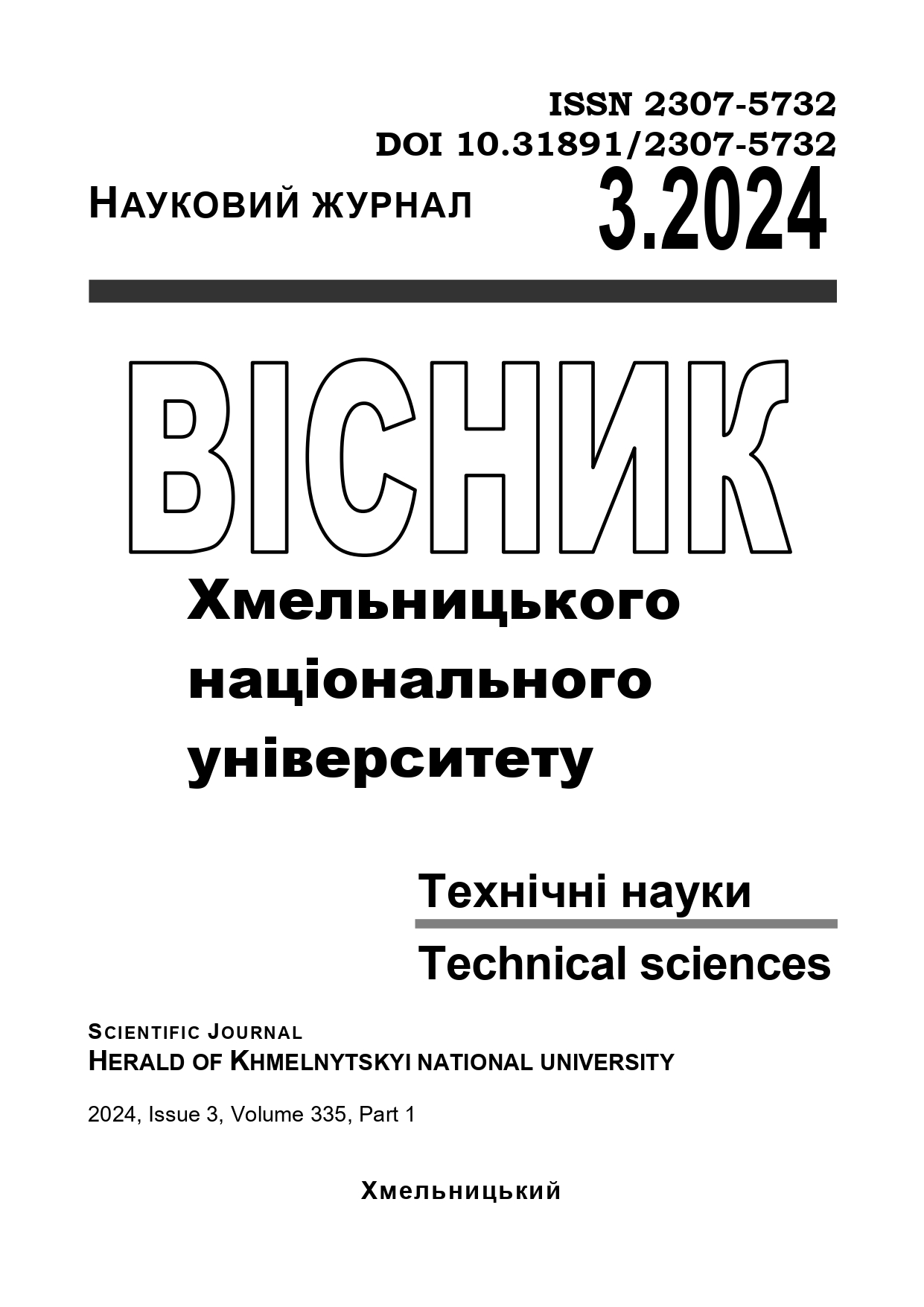SYNTHESIS OF OXIDE-CERAMIC COATINGS ON TITANIUM BY THE ANODE-SPARK OXIDATION METHOD IN A LOW INDUCTION MAGNETIC FIELD FOR RECONSTRUCTIVE MEDICINE
DOI:
https://doi.org/10.31891/2307-5732-2024-335-3-51Keywords:
anodizing, magnetic field, coating, oxide, ceramic, titaniumAbstract
The work is devoted to obtaining deposits on the surface of implants and other means of medical rehabilitation and is aimed at the production of high-quality national medical products.
Deposits were obtained by the method of anodic spark oxidation of the titanium surface in a weak magnetic field with induction from 5 to 15 mT and different location of the sample in relation to the magnetic field lines. Obtaining deposits was carried out on the installation developed by the authors. The installation for applying deposits is a glass cell with a capacity of 1000 ml with an electrolyte. During electrolysis, a permanent magnetic field was created by induction of 5, 10, and 15 mT. The basis of the working electrode on which the deposits was applied were samples of Grade 4 titanium alloy. Electrolyte composition, mol/l: calcium dihydrogen phosphate 0.0641, calcium acetate 0.0126. The pH of the solution was 6. The phase composition of the deposits was determined using a monochromatized X-ray diffractometer DRON-3. The thickness of the obtained deposits was measured with an eddy current thickness gauge FMP 10. Direct measurements of porosity were performed using a ULAB XSP-137 microscope (Acromatic ´4, ´10 and ´40 objectives). The study of the microhardness of the titanium alloy and the deposits obtained on it was carried out on the ПMT-3 device with a prism load of 200 grams.
A weak magnetic field, which is applied in the process of anodic spark deposition, significantly changes the parameters of electrolysis and the course of the deposition process. In the present of a weak magnetic field the morphology of the deposits surface changes. The surface of the deposits becomes smoother and non-porous. When applying a weak magnetic field, the coatings have a significantly smaller number and size of pores. Using the method of anodic spark deposition, it is possible to obtain rough porous coatings or, by applying a weak magnetic field, smooth non-porous coatings, depending on the conditions where the coatings will be applied. The thickness of the deposits, under the same conditions of electrolysis, is greater without the use of a magnetic field. The microhardness of the deposits obtained with the application of a weak magnetic field is higher (at the induction of a magnetic field of 5 mT, the hardness is almost 2 times higher) compared to samples obtained without a magnetic field.
The application of a weak magnetic field during deposition by the method of anodic spark deposition allows obtaining deposits with different properties and, in addition, with a different ratio of properties.

